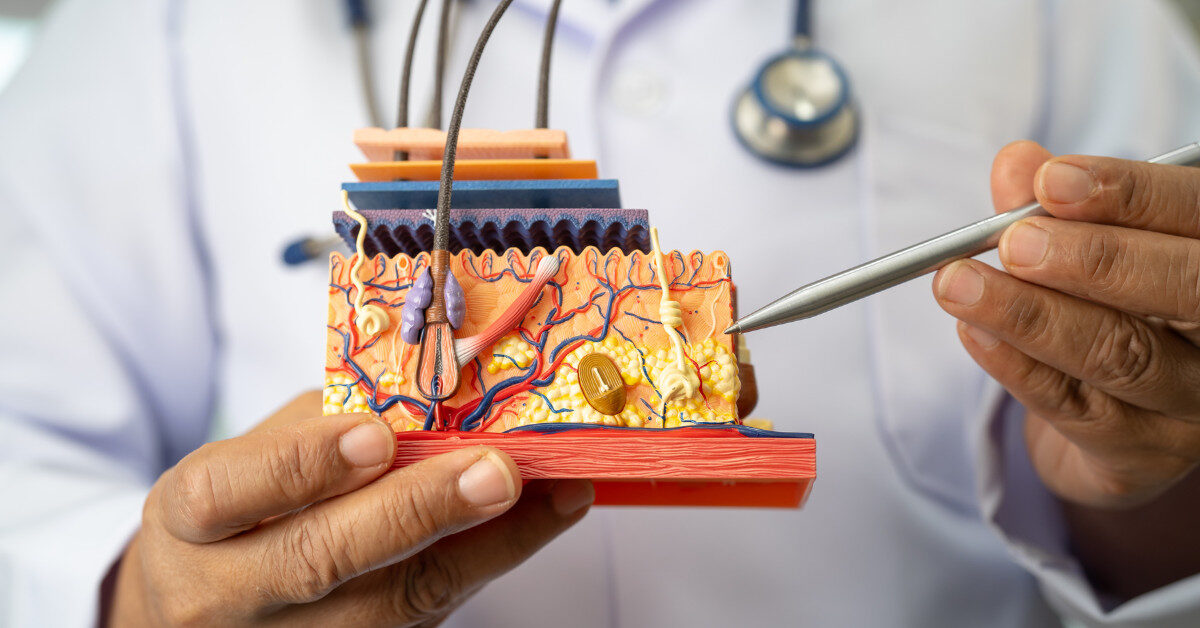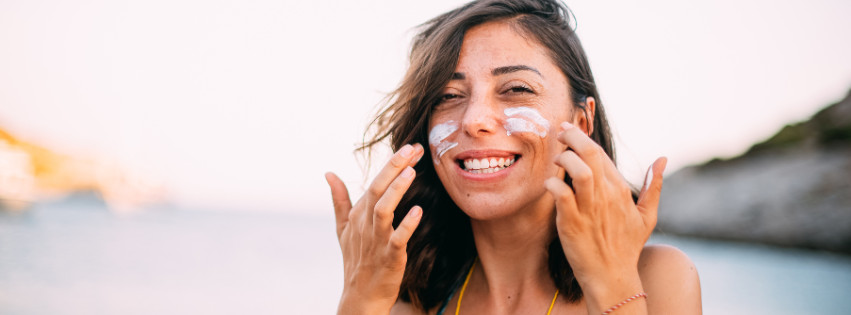
Sun protection is critical to maintaining skin health, especially given the increasing rates of skin cancer worldwide. To shed light on effective sun protection strategies, we had the privilege of interviewing Dr. Jennifer Lin, the director of the Melanoma Risk and Prevention Program at the University of California, San Diego Health.
Dr. Lin has been at the forefront of melanoma research and prevention, and her insights are invaluable for anyone looking to protect themselves from the sun’s harmful rays.
Dr. Lin, how can people protect themselves from the sun’s rays this summer?
Sunscreen is the number one way to protect yourself, even with the debates over which types to use (chemical vs. physical sunscreen vs. combination). There are very good studies demonstrating reduction in damage to your skin cells when wearing sunscreen. However, sunscreen wears off or is used up once you are in the sun. Chemical sunscreens absorb the UV light for you, but the “forcefield” diminishes as soon as you step out in the sun (the chemical is quenched when it absorbs ultraviolet radiation). So make sure to reapply both chemical and mineral sunscreens every two hours.
Besides sunscreen, what other things can a person at high risk for nonmelanoma skin cancer do to reduce their risk of basal cell or cutaneous squamous cell carcinoma?
It’s hard to beat protective clothing. The UPF-rated protective clothing protection does not wear off, no matter how long you are in the sun. My preference would be for people to wear sun-protective clothing in addition to sunscreen when they are outdoors for more than two hours. (Note: You do not need to wear sunscreen underneath clothing, only on exposed skin.) A hat is also essential. Wear a broad-brimmed hat to get constant shade.
Patients will sit under an umbrella on the beach and wonder why they need to use sunscreen. If you are out on the beach, remember that UV light reflects off of the sand and water. Some studies suggest that 17% of rays reflect off these surfaces onto our skin.
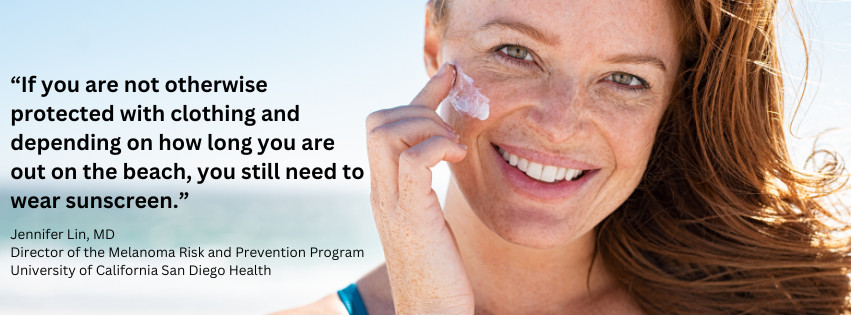
Besides sunscreen, protective clothing, and shade, there are few options for protection—and there are major limitations to each of them. There is a plant extract from the fern polypodium leucotomos, which is a natural antioxidant and prevents sunburn, and there is some limited evidence that it protects against the formation of skin cancer. In its commercial setting, it is called Heliocare® and is an oral supplement that can help add some sun protection. It is an additional way to get sun protection—but it does not replace the use of other sun protective measures (see above).
Another topic that has come up frequently is nicotinamide supplementation. Nicotinamide is a B6 vitamin. A New England Journal of Medicine article published in 2015 demonstrated that patients who took 500 mg by mouth twice a day had a decrease in nonmelanoma skin cancer. They had a decrease in basal cell carcinoma, squamous cell carcinoma, and even some actinic keratoses. We have some patients with a high number of nonmelanoma skin cancer that arise each year, and we might recommend nicotinamide for them.
However, there is a significant caveat to this vitamin. Nicotinamide is a by-product of niacin and used to be given as a cardiac medication. Cardiologists no longer give out niacin because it increases all-cause mortality. There is evidence showing that it negatively affects the cardiovascular system. Therefore, I only give it to patients who do not have a personal or family history of cardiac disease.
In any case, supplementation with nicotinamide does not strongly protect against UV. It provides a low level of protection and is used on top of sunscreen, protective clothing, and shade. If this vitamin interests you, speak with your dermatologist about it.
SPF and UPF—what is the difference?
These are rating systems. They are measurements done to assess how much UV radiation is passing through to the skin. SPF is a measurement used for sunscreen and UPF is a measurement used for clothing fabrics, and they both determine how much UV passes through.
Regarding sunscreen, it is easier to think about SPF in terms of how long it lasts before getting a sunburn. For instance, if I put on SPF 30 and SPF 60 simultaneously, I get nearly the same level of protection if I walk out into the sun immediately after applying. But the SPF 60 has a more extended longevity on the skin. I prefer that patients use at least an SPF 30 when using any kind of sunscreen. The advantage of using a higher SPF is that if you forget to reapply every 2 hours, the higher SPF will still offer some protection. Also, if you miss a spot when you reapply, the higher SPF from before is still better than the lower SPF. If you are going to do a high-exposure activity for an extended period of time, go up on the SPF.
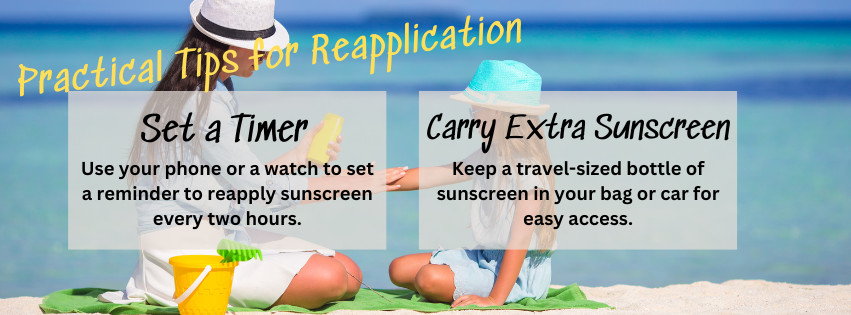
What is the biggest misconception you hear about sun safety?
The biggest misconception is the idea that if you put on sunscreen, you then have carte blanche to go sit out in the sun for eight hours or longer. In fact, that perspective skewed a lot of early epidemiological data on who eventually was diagnosed with melanoma. In early data, it looked like the individuals who used sunscreen got more skin cancer. But that was probably because these were the individuals who would lay out for a long time in the sun, and they used sunscreen. On the other hand, the individuals who do not use sunscreen may never go out into the sun.
But sunscreen is not perfect. It does not last all day. The safest way to use it is to reapply every two hours. We never advocate lying out in the sun all day. Even if you have low vitamin D, 15 minutes of the sun a day is all you need for your daily vitamin D level. Dermatologists would never advocate spending more time than 15 minutes a day in the sun without sun protection.
It’s important to be sun aware. Sun awareness is being knowledgeable. I’ve trained my patients well if they walk down a sunny, partly covered sidewalk for a few minutes, they should then move to the shady side. It’s that kind of awareness of cumulative sun during the day that signifies someone is aware of the sun they are getting.
What advice do you give your patients about sunscreen use?
My goal as a dermatologist is to have my patients wear some type of sunscreen. There is a huge debate about mineral versus chemical sunscreens. I try to personalize patient care to accommodate each individual. Some patients will not wear very white, chalky-looking mineral sunscreen. For mineral sunscreen to work well, it has to reflect UV light. It has to be a little white to work well. If you cannot see any white, it probably does not reflect efficiently.
I like the nanoparticled mineral sunscreen. It is easier to put on. But please be aware to reapply sunscreen.
For high-risk patients who dislike white, mineral sunscreen, I advise using chemical sunscreens. They do work very well. We are still waiting to hear from the FDA about systemic absorption, but many of these chemicals have been around the market for 20 years in cosmetics and sunscreen. Ultimately, the likelihood of harm from the chemicals in the sunscreen is minimal. For high-risk patients, having a sunburn and increasing cellular damage is a huge risk for them. I’d rather they use something that they are going to wear, rather than nothing at all.

What else should we know about sunscreen?
There was a concern about benzene being in some products. For this reason and others, I do NOT recommend spray-on sunscreen. The spray cans are the types of canisters that may contain benzene. Benzene is essentially a carcinogen after being inhaled. Therefore, if you use a product in a spray can, use it outside. Spray sunscreen is also problematic because people will spray it on and not rub it in, so they will have missing streaks.
What is the number one takeaway you want people to know from reading this article?
Sunscreen has gotten a bad reputation over the last few years, but sunscreen is still the number one way to protect yourself, even with the debates over which types to use. An excellent prospective Australian study that looked at subjects who applied daily sunscreen to face and hands vs. ad hoc application of sunscreen demonstrated a 25% decrease in melanoma incidence in the individuals who applied daily sunscreen. For high-risk patients, we recommend daily sunscreen use. As I noted earlier, any sunscreen is better than nothing at all.
By understanding the science behind sun protection and following expert advice from professionals like Dr. Jennifer Lin, you can significantly reduce your risk of skin damage and skin cancer.
Remember, the best sunscreen is the one you’ll use consistently. So find a product that suits your skin type and lifestyle, and make sun protection a daily habit. Stay safe, stay protected, and enjoy the sunshine responsibly.
For more expert advice on skin health and sun protection, subscribe to our newsletter and stay updated with the latest insights from leading dermatologists.
About Jennifer Lin, MD, Dermatology
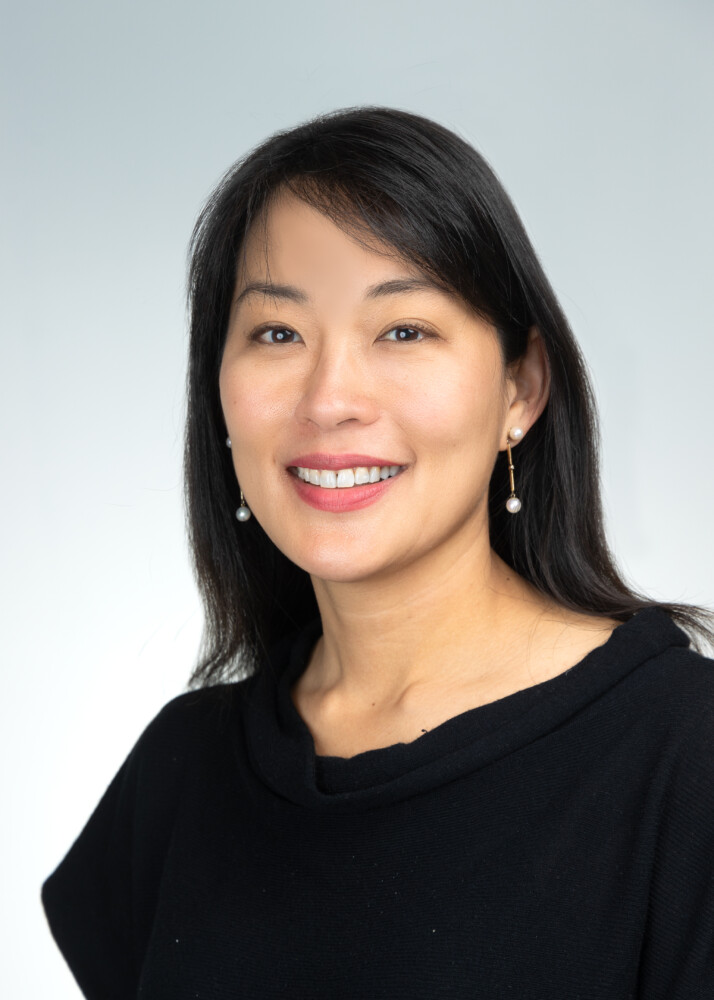
Dr. Jennifer Lin is the director of the Melanoma Risk and Prevention Program at the University of California San Diego Health. She was the director of the Melanoma Risk and Prevention Clinic at Brigham and Women’s Hospital in Boston, and the lead dermatologist in the Melanoma Program at Dana Farber Cancer Center before she moved with her family to San Diego in fall of 2023. Dr. Lin attended Harvard Medical School, did her internal medicine internship at Stanford Hospital and Clinics, and then her dermatology residency at Harvard Combined Program in Dermatology. She additionally completed a fellowship at the Wellman Institute of Photomedicine in Boston working with light and lasers. She is a published author on many articles regarding melanocyte biology and melanoma. A recent case report demonstrated positive outcomes among stage IIIc melanoma patients with continuous imiquimod application and cryotherapy to metastatic melanoma lesions. Dr. Lin frequently speaks at national and international conferences.
Recent Posts
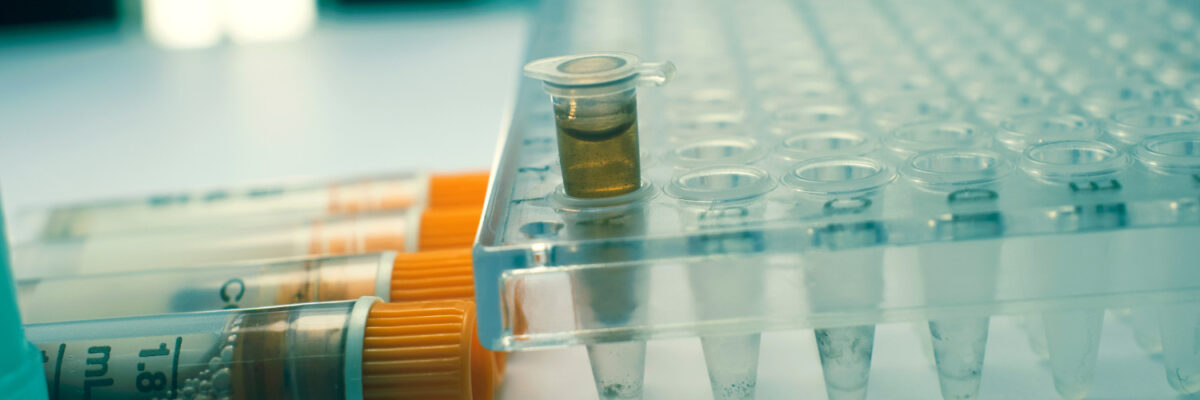
Regeneron Announces Approval of Cemiplimab-rwlc for Adjuvant Treatment of Cutaneous Squamous-Cell Carcinoma with a High Risk of Recurrence After Surgery and Radiation
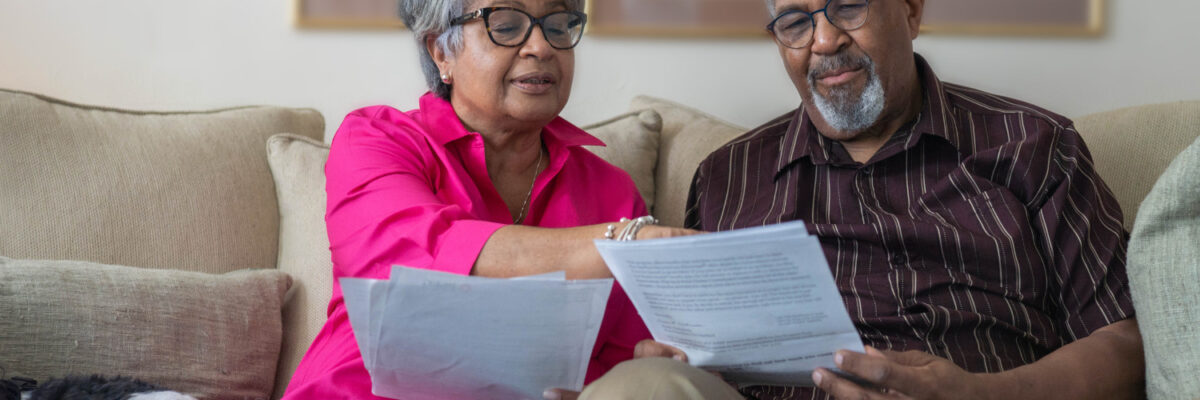
Preparing for Your First Oncology Visit: A Complete Guide for Skin Cancer Patients
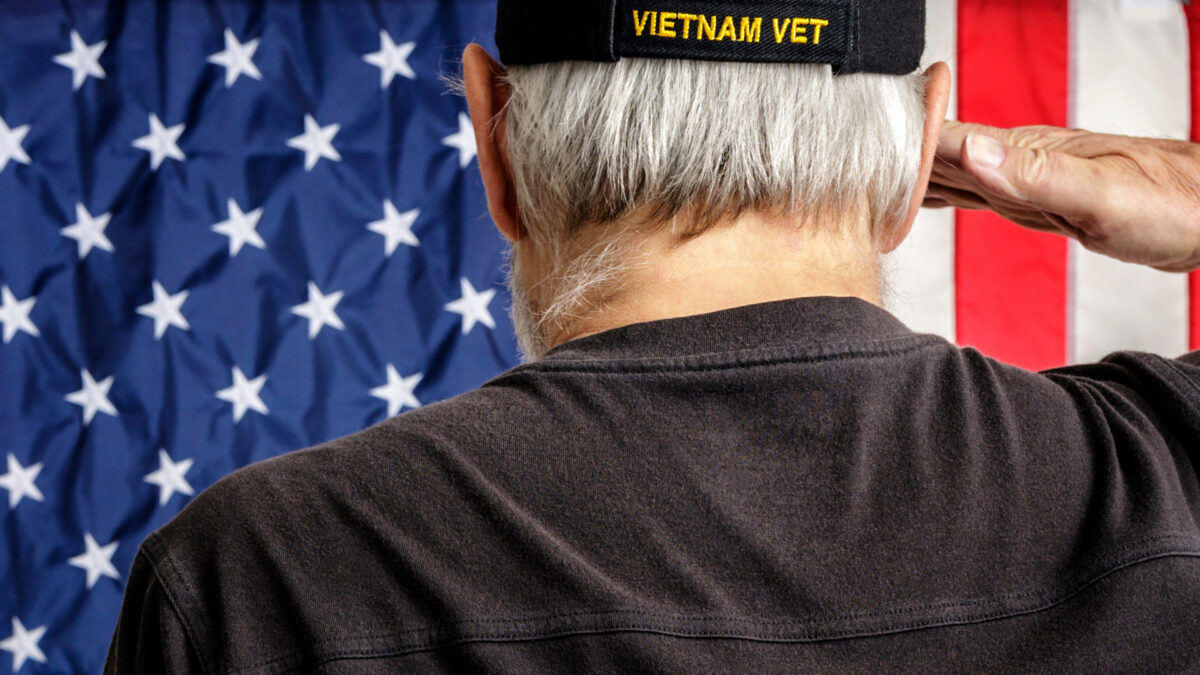
Skin Cancer in Aging Veterans: Unique Risks & Considerations

The Genetics of Skin Cancer: Insights from Dr. Kenneth Tsai
